Rib cartilage rhinoplasty uses autologous cartilage with high compatibility, delivering natural and long-lasting results. This beauty procedure is widely chosen and increasingly popular in Vietnam, attracting medical tourists from around the world. If you are interested in rib cartilage rhinoplasty in Vietnam, this article is for you!
What is rib cartilage rhinoplasty?
Rib cartilage rhinoplasty is an advanced cosmetic technique that uses the patient’s own rib cartilage, usually taken from the 6th, 7th, or 8th rib, to reconstruct and enhance the nasal structure. This method is especially suitable for cases with short noses, upturned noses, humps, complex deviations, or revision after failed surgery. The surgeon makes a small incision of about 2–3 cm on the right chest (for women) or left chest (for men) to harvest a 3–5 cm segment of cartilage, which is then shaped into grafts to form the columella, cover the tip, extend the nose, or create the nasal bridge.
The outstanding feature of this method is the use of autologous rib cartilage, which ensures 100% biological compatibility and eliminates risks of allergy, contraction, or implant visibility often seen with artificial materials. According to the American Society of Plastic Surgeons, this technique has a satisfaction rate of over 92% and durability of more than 20 years, making it the “gold standard” for Asian noses with thick skin and weak tips.
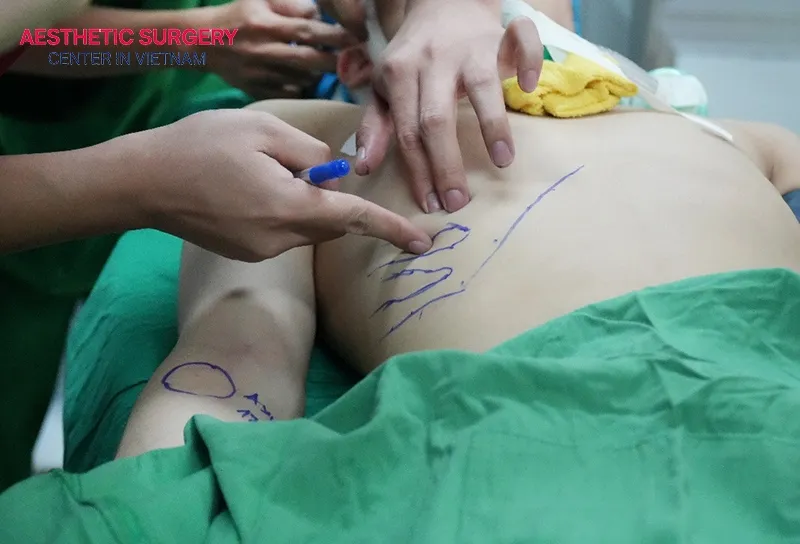
The pros and cons of rib cartilage rhinoplasty
Although rib cartilage rhinoplasty provides a natural look and is considered safe, it may still have some “downsides.” You should understand these thoroughly to be well-prepared mentally, physically, and financially before undergoing the procedure.
Pros
Rib cartilage rhinoplasty uses 100% autologous tissue, ensuring perfect biological compatibility and completely eliminating the risks of allergy, rejection, or implant visibility—common issues with silicone implants.
Rib cartilage has the ideal firmness to create a strong nasal structure while remaining flexible enough for precise sculpting, resulting in a high, refined, yet natural-looking nose shape that suits Asian facial features.
Studies show that results from rib cartilage rhinoplasty can last for more than 20 years, with a complication rate of under 3%. This technique can also effectively correct complex nasal defects such as short, upturned, humped, or deviated noses, as well as failed surgeries, achieving up to 95% patient satisfaction.

Cons
Although rib cartilage rhinoplasty is highly safe, it is still a major surgery involving two operative areas: the nose and the chest. The chest incision, about 2–3 cm long, may leave a scar if not properly cared for.
Recovery typically takes 2 to 4 weeks, with mild chest pain when taking deep breaths during the first 7–10 days. In addition, complications may occur if the procedure is performed by an inexperienced surgeon or at an unreliable clinic.
How much does rib cartilage rhinoplasty cost?
The cost of rib cartilage rhinoplasty in Vietnam typically ranges from 30 to 150 million VND, depending on various factors such as the complexity of the procedure, the surgeon’s experience, the reputation of the clinic, and additional services (such as pre-surgery tests or warranty policies).
For international patients, this rhinoplasty price is equivalent to about 1,200–6,000 USD—significantly lower than in Western countries, while still ensuring high quality thanks to the widespread use of advanced Korean and American techniques.
However, for an accurate quote, you should consult directly with your surgeon, as each individual has unique conditions that affect the final cost. This also helps you make a well-informed investment for natural, long-lasting, and safe results.
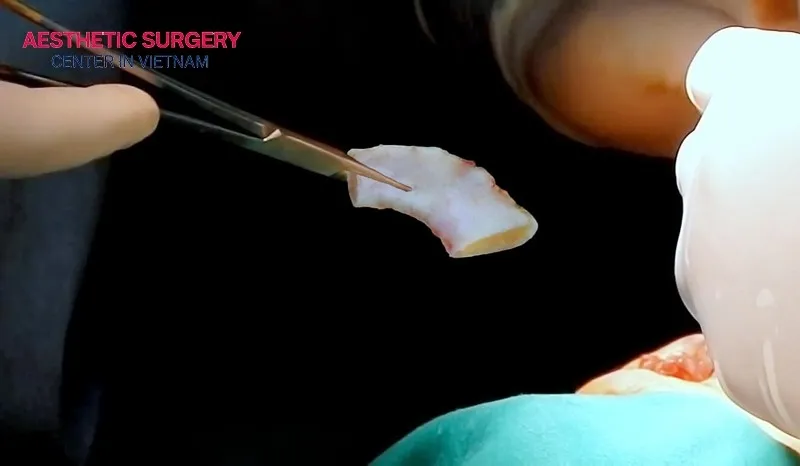
Rib cartilage rhinoplasty procedure
The rib cartilage rhinoplasty procedure follows international standards and consists of six main steps, lasting 3–4 hours under general anesthesia:
- Step 1: Consultation & 3D design: The surgeon evaluates the nasal structure, skin, and septum, and performs a CT scan of the ribs to determine the cartilage harvest site. Vectra 3D software is used to simulate the post-surgery nose shape, ensuring ideal proportions for the face.
- Step 2: Anesthesia & cartilage harvesting: After anesthesia, a 2–3 cm incision is made along the chest fold to harvest a 3–5 cm cartilage segment while preserving the perichondrium for reconstruction. The incision is closed with a 3-layer aesthetic suture, and a drainage tube is placed for 24–48 hours.
- Step 3: Cartilage shaping & reconstruction: The harvested cartilage is sterilized and meticulously shaped into support structures, nasal bridge strips, tip grafts, or extensions.
- Step 4: Nasal restructuring: Depending on the defect, the surgeon performs either open or closed rhinoplasty, corrects the septum, reduces nasal humps, constructs the new columella, places cartilage grafts, and sutures with absorbable 5.0–6.0 threads.
- Step 5: Closure & stabilization: The nose is fixed with a thermoplastic splint for 5–7 days, and the chest is compressed for 3 days.
- Step 6: Postoperative care: Patients stay in the hospital for one night, chest stitches are removed on day 7, and follow-up examinations are scheduled at 1, 3, and 6 months.
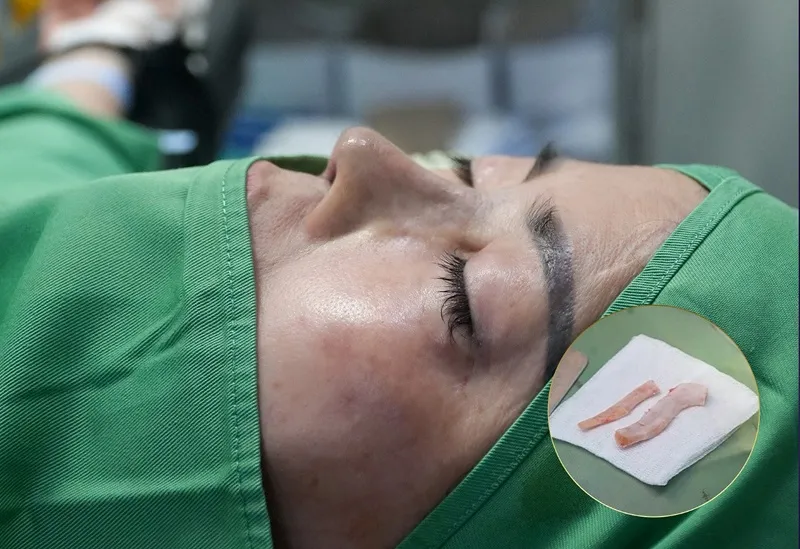
Rib cartilage rhinoplasty recovery time
Recovery after rib cartilage rhinoplasty takes longer than conventional methods due to the two surgical areas (nose and chest) and is generally divided into four main stages:
- Week 1 (Days 1–7): Swelling and bruising peak around day 3 and reduce by 60–70% by day 7. The nose may feel mildly painful, and the chest may ache when coughing or taking deep breaths, but this gradually improves. Patients should rest completely, sleep with the head elevated at 30°, and apply cold compresses for 15 minutes per session, 4–6 times a day. Chest stitches are removed on day 7, and the nasal splint is removed between days 5–7.
- Weeks 2–4: Swelling decreases by 80–90%, and the nose begins to take shape. Chest discomfort fades, leaving only mild numbness, allowing for light activity such as walking or office work. Avoid bending, heavy lifting (>5 kg), and remember to follow up on day 14 to check the nasal support and chest scar.
- Months 2–3: The nose reaches 70–80% of the final result, and the tip softens. Light gym workouts or swimming can be resumed after 6 weeks.
- Months 6–12: The nose achieves 100% of the final result, appearing natural, with the chest scar almost invisible.

Rib cartilage rhinoplasty address in Vietnam
Vietnam is becoming a top destination for medical cosmetic tourism, especially for rib cartilage rhinoplasty. Reputable clinics are usually certified by the Ministry of Health, applying advanced technology and offering superior service quality, with Aesthetic Surgery Center standing out among them.
Aesthetic Surgery Center is a high-end cosmetic facility led by a team of highly skilled surgeons with over 15 years of international training experience from Korea and the USA. We pride ourselves on our expert team, having served millions of clients and received numerous positive reviews.
The facility is equipped with modern infrastructure meeting international standards, including advanced sterilization technology that reduces infection risk to below 0.5%.
Notably, our premium services for international patients are a highlight: we provide free airport transfers in luxury vehicles, arrange 4–5 star hotels near the center, and offer interpreters to assist throughout consultation, surgery, and postoperative care. This ensures you can fully relax, combining treatment with a comfortable wellness experience.
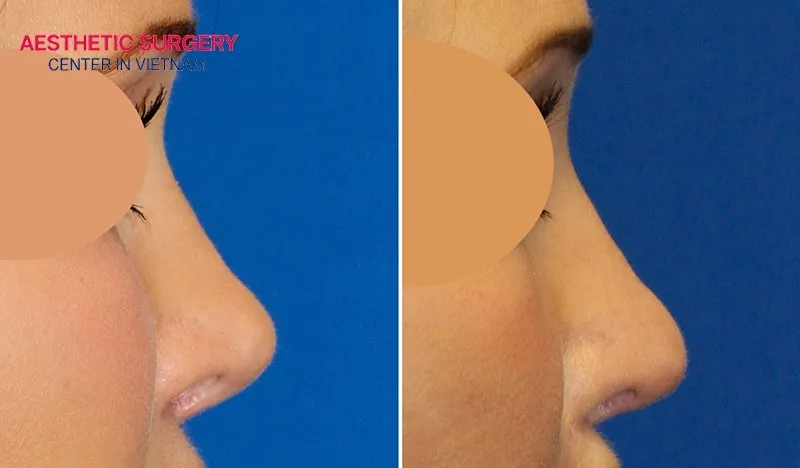
Thousands of international clients from the USA, Australia, and South Korea have trusted Aesthetic Surgery Center, turning their cosmetic journey into a memorable experience. If you are ready for the perfect nose, contact us now for a consultation!
Rib cartilage rhinoplasty before and after photos
Before-and-after photos of rib cartilage rhinoplasty provide the clearest evidence, helping you easily visualize your potential results. Here are some real comparison images for your reference!
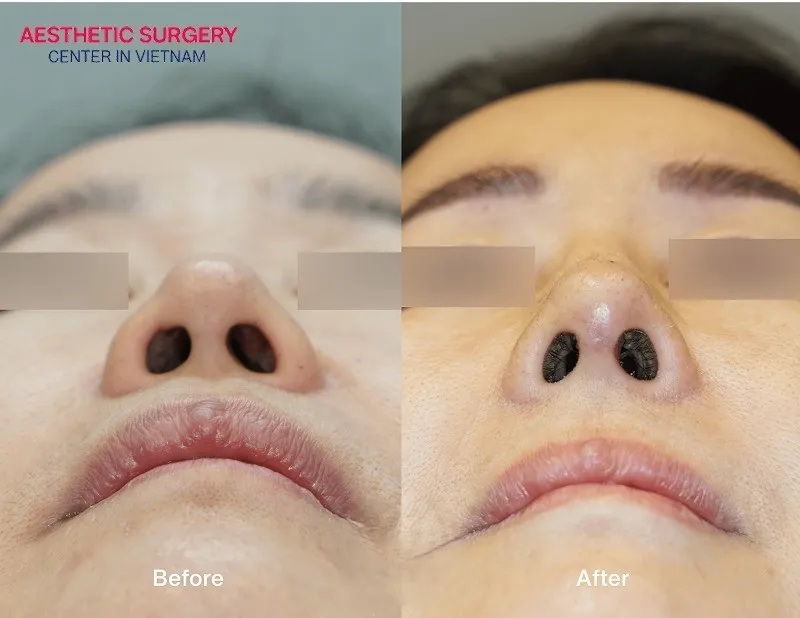
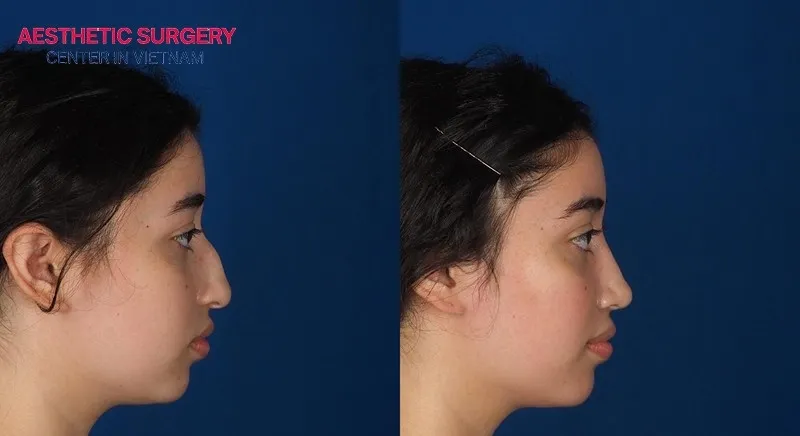
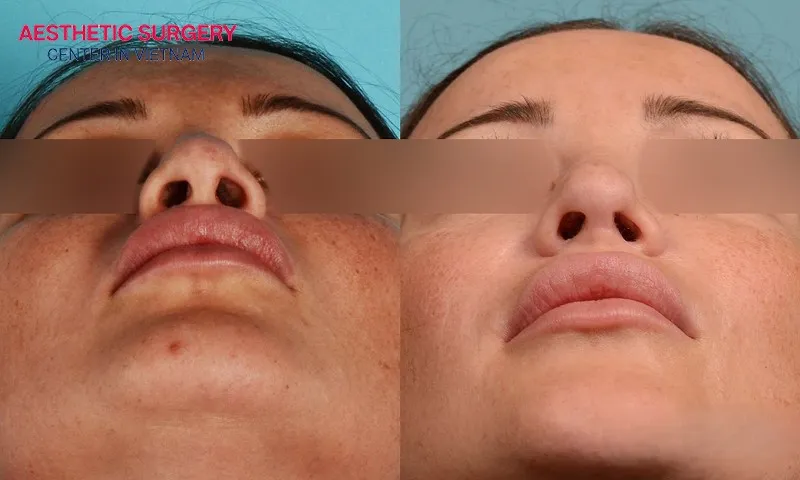

Frequently asked questions
Before deciding on rib cartilage rhinoplasty, many international patients often wonder about safety, durability, and the actual changes to their body. Here are detailed answers to the most common questions:
Does rib cartilage grow back after rhinoplasty?
Cartilage harvested from the 6th–8th ribs does not fully regrow, but the perichondrium is preserved. It can regenerate a thin new layer of cartilage, about 1–2 mm thick, over 6–12 months. This thickness is sufficient to maintain chest support without affecting breathing or movement.
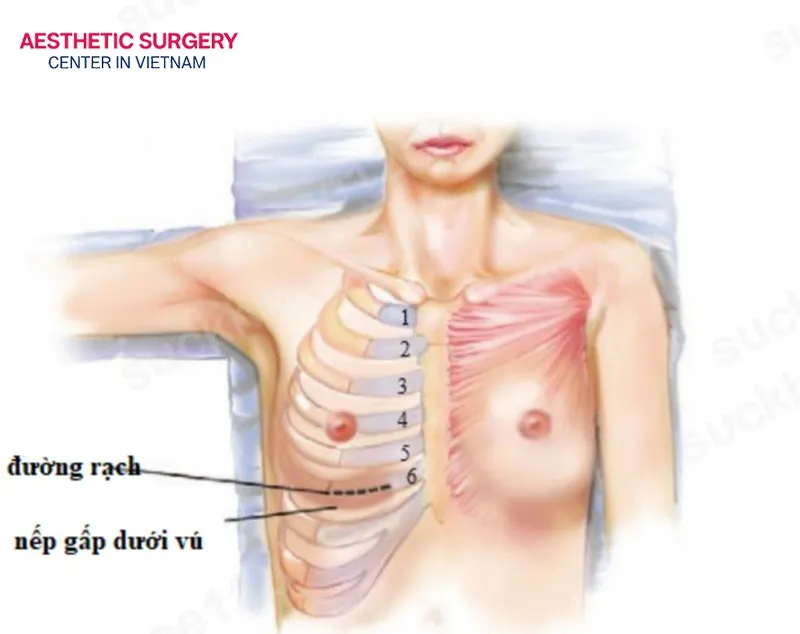
Is rib cartilage rhinoplasty safe?
Rib cartilage rhinoplasty is safe when performed at clinics licensed by the Ministry of Health, by highly skilled surgeons, in ISO 14644-1 standard sterile operating rooms.
Autologous cartilage also eliminates 100% of the risks of allergy or rejection associated with artificial implants. Infection rates are very low, around 0.5%, and cartilage deformation occurs in less than 3% of cases.
How long does rib cartilage rhinoplasty last?
Results from rib cartilage rhinoplasty are permanent, typically lasting over 20–30 years if there is no major facial trauma. Since autologous cartilage fully integrates into the nasal structure like native tissue, it does not deteriorate over time. Compared to synthetic cartilage, which may shrink after 5–10 years, rib cartilage provides much greater durability.
In Vietnam, surgeons often combine multi-layer columella support and tip coverage using fascia to enhance strength. After 12 months, the nose achieves 100% natural appearance without further intervention.
Rib cartilage rhinoplasty side effect
Side effects after rib cartilage rhinoplasty are usually mild and temporary, including swelling, bruising, mild chest pain when taking deep breaths, and light numbness around the scar, which gradually subsides from day 7 onward.
To minimize side effects and the risk of complications, patients should follow proper rest, cold compresses, hydration, and scheduled follow-ups. With correct care, 99% of international patients in Vietnam recover smoothly, enjoying a complete beauty and wellness experience.
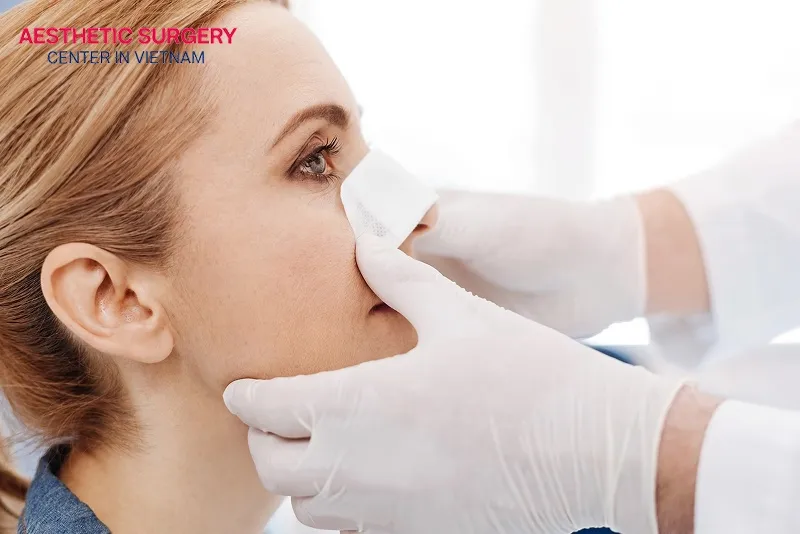
Rib cartilage rhinoplasty is not just a surgery; it is an investment in natural, long-lasting, and absolutely safe beauty. With reasonable costs, advanced technology, and attentive services for international patients, Vietnam is establishing itself as a leading destination for structural rhinoplasty aesthetics. Choose a reputable clinic like Aesthetic Surgery Center, where an experienced surgical team, modern facilities, and comprehensive services will support you from consultation to recovery. Contact us today to start your complete beauty journey!
>>> See more: Frequently asked rhinoplasty questions




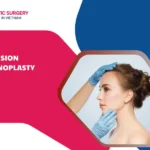

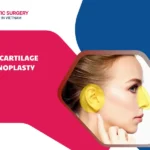
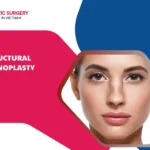





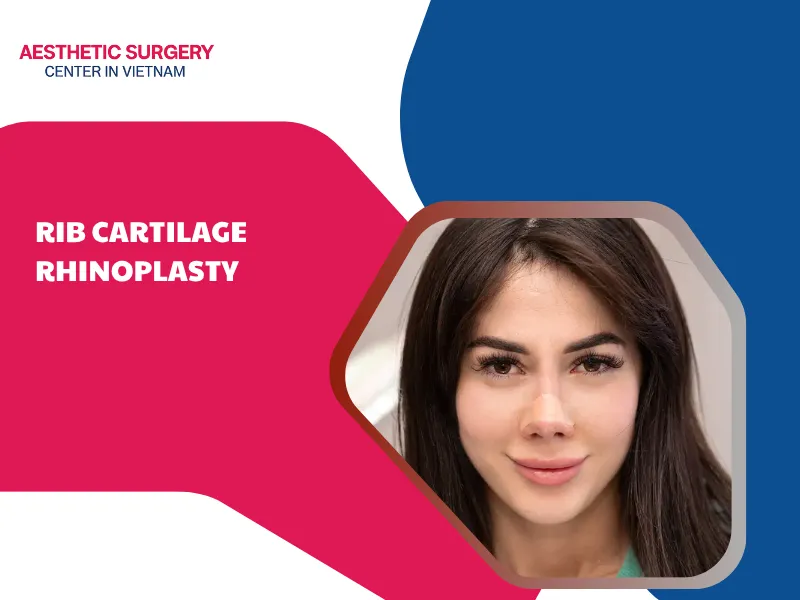

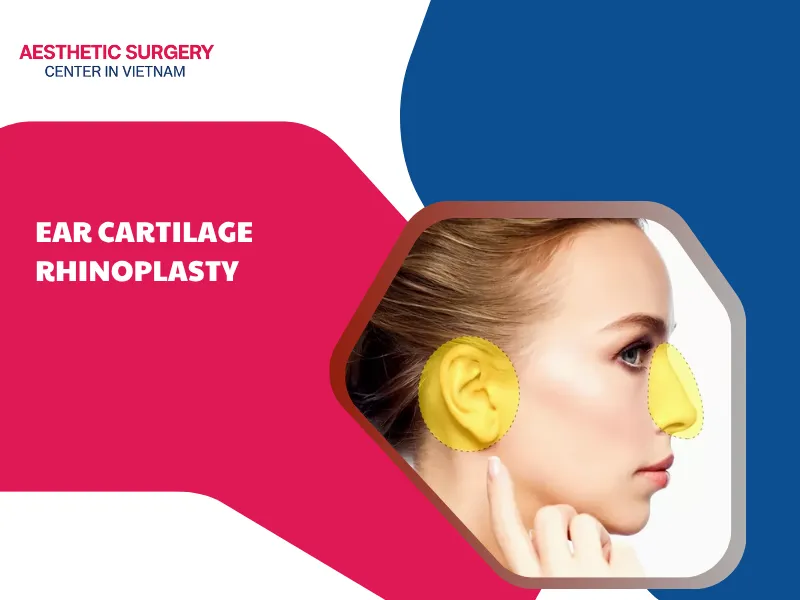




Comment on the post